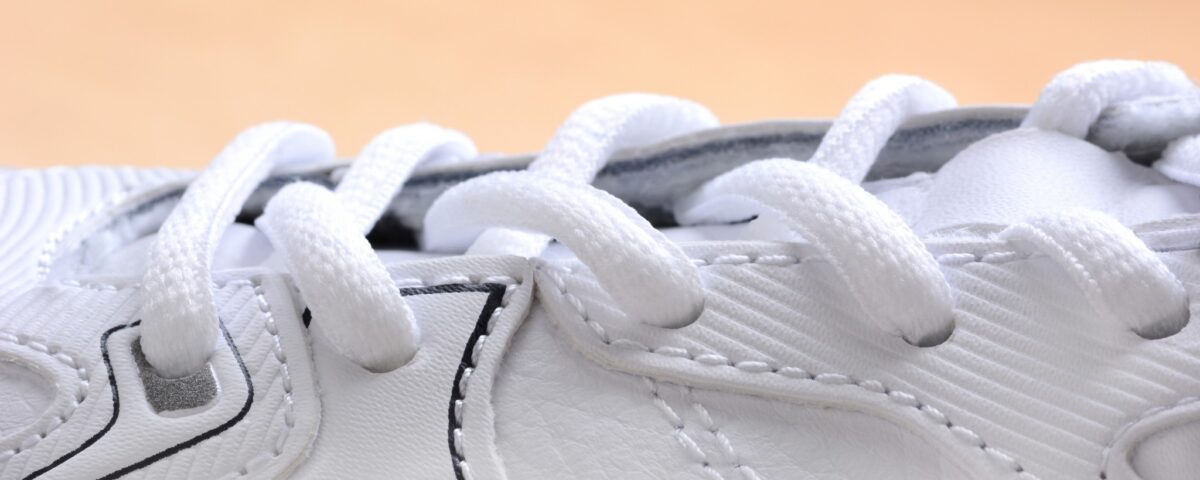
Adam Smith and Traffic Lights
July 14, 2014
John Maynard Keynes and the Generational Impact of Entitlements
July 16, 2014While the uniforms, boots and other items worn by the military are supposed to be 100% “Made in the USA,” exceptions are okay if we cannot make what they need. Athletic shoes became one of those exceptions when the Defense Department said it was okay to buy sneakers from foreign manufacturers, .
Reading about imported sneakers, I started thinking about David Ricardo. But first some background.
Shoe manufacturing is a textbook example of a shrinking industry. During the 1940s, the industry provided 260,000 domestic jobs, in 1997, 40,000, and now, 14,000. Meanwhile, imported shoes compose 98% of the US market.
The reasons? It is not worth it for shoelace and eyelet makers to locate here if they do not have a large enough market. As for cost, making shoeboxes is 5 times more expensive here than in China. Ultimately though (below), making sneakers in the USA costs 25% to 35% more than in Asia because it is a labor-intensive task.
As you might expect, manufacturers of US made sneakers claim a host of benefits. They start with the flexibility and turnaround time that proximity creates. The New Balance CEO claims that his US plants are twice as productive as his Asian plants. A Tennessee shoe entrepreneur questions the wisdom of shipping $1 billion in US cow and horse hides to China that will return here as $12 billion in leather goods.
Our story ends, though, with the Defense Department having reconsidered. Just this April, after years of protests from shoemakers in Maine, Massachusetts and Michigan, the Defense Department said they would permit service men and women to purchase US made sneakers. The shoes just have to meet the military’s standards for “cost and durability.”
Our bottom line: The economist who first explained comparative advantage, David Ricardo (1772-1823) said each nation should make whatever involves the lower opportunity cost. Because we are all doing what we do best, productivity is optimized through specialization and trade. Paying less, consumers (including the Department of Defense) have more money to allocate elsewhere.
I wonder if it is possible for the US to have a comparative advantage in sneaker manufacture.
![econlifelogotrademarkedwebsitelogo[1]](/wp-content/uploads/2024/05/econlifelogotrademarkedwebsitelogo1.png#100878)




